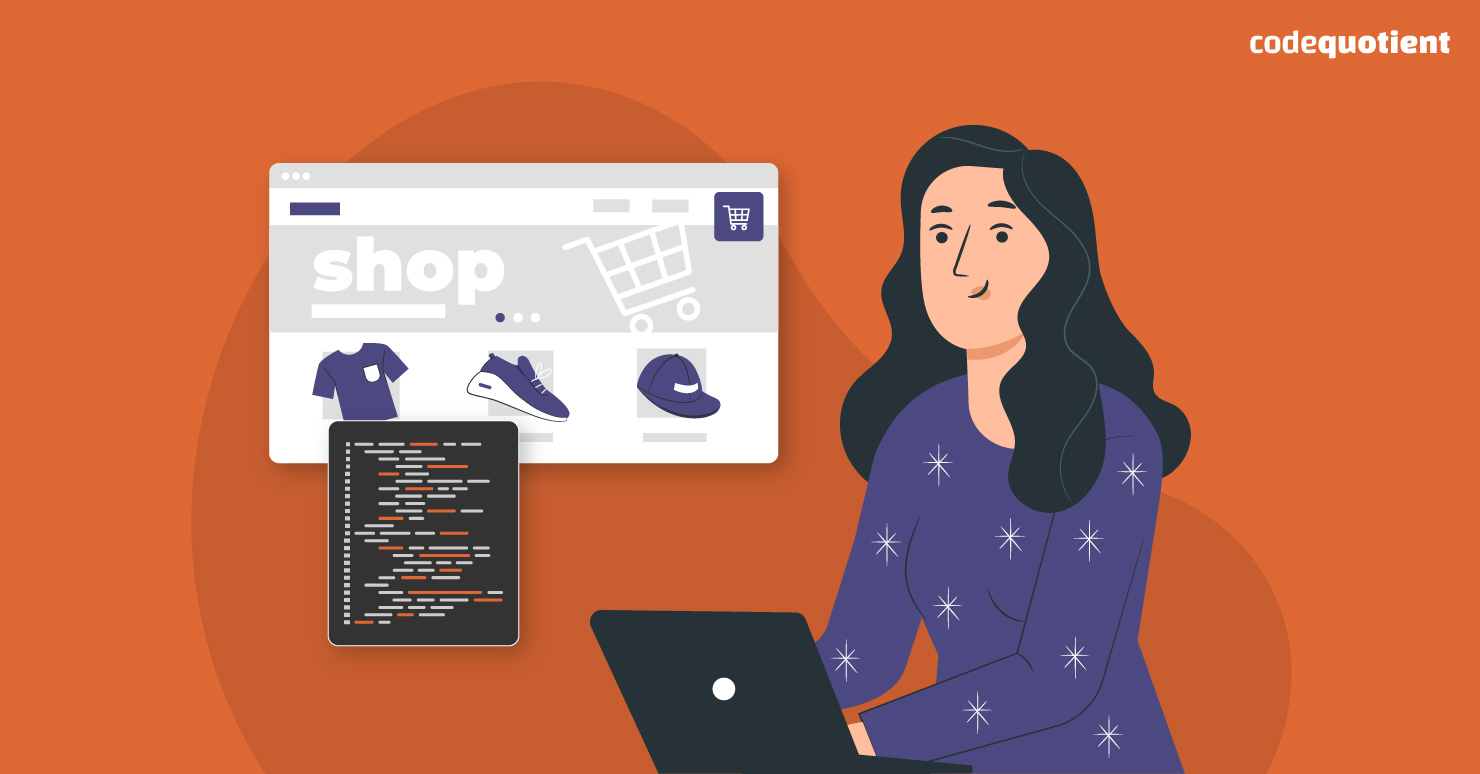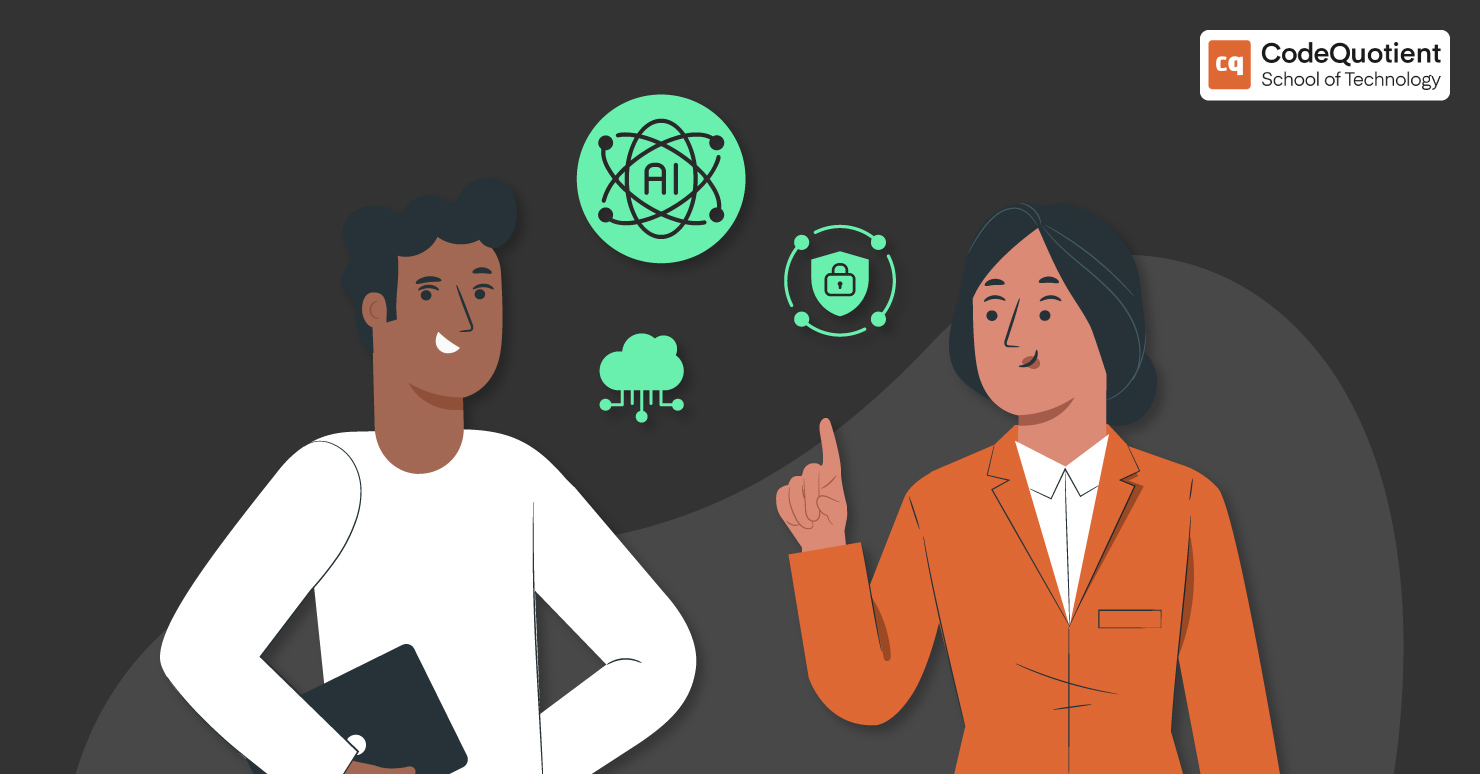As the internet becomes an increasingly important part of our daily lives, full stack web development has emerged as a sought-after career option.
Full stack web development course equips students with comprehensive knowledge of various technologies involved in web development. However, theoretical knowledge alone is not enough in today’s competitive world. Practical knowledge is equally important.
This article discusses the importance of hands-on projects in a full stack web development Course and how it can enhance students’ practical knowledge and real-world experience. Let’s dive in!
Hands-On Projects: The Backbone of Full Stack Web Development Course

Hands-on projects are essential to the full stack web development Course as they allow students to apply their theoretical knowledge to real-world scenarios.
Definition of Hands-On Projects
Hands-On Projects are practical tasks that involve building applications or websites from scratch using the technologies learned in a Full Stack Web Development Course.
Why Are These Projects Important?
Hands-On Projects allow students to apply their theoretical knowledge to real-world scenarios. It enables them to learn by performing, which is considered one of the most effective ways of learning.
Hands-On Projects offer students a chance to build a portfolio of projects that can showcase their technical skills to potential employers.
How Hands-On Projects Help in Full-Stack Web Development
Hands-on projects help students to develop a deeper understanding of the technologies involved in full stack web development.
It also enables students to identify and troubleshoot issues that may arise while building real-world projects.
The Advantages of Hands-On Projects in Full Stack Web Development Course
Hands-on projects in a full stack web development Course offer numerous advantages to students. Let’s discuss some of the key benefits of Hands-On Projects.
1. Enhance Technical Skills
It provides practical knowledge of coding languages, frameworks, and libraries, which can be helpful in real-world scenarios.
2. Stimulate the Learning Process
Hands-on projects stimulate learning by providing an active learning environment where students can apply their theoretical knowledge to practical tasks.
3. Boost Self-Confidence
Experience with these projects can boost self-confidence by allowing students to develop practical skills and solve real-world problems, overcoming the fear of failure, which is essential to becoming a successful full stack web developer.
4. Improve Employability
Hands-On projects improve employability by providing students with an impressive portfolio of projects that showcase their technical skills to potential employers. It can also provide students with real-world experience, benefiting their job search.
5. Develops Problem-Solving Skills
Students can develop problem-solving skills by exposing themselves to full stack web development scenarios and challenges. It can also help students develop critical thinking and analytical skills required in the industry.
Types of Hands-On Projects for Full Stack Web Development Course
Real-world projects in a full stack web development Course can be categorised into three types:
1. Front-end projects
These projects involve designing and developing the user interface of a website or an application. It includes technologies such as HTML, CSS, JavaScript, and React.
2. Back-end projects
These involve designing and developing the server side of an application. It includes technologies such as Node.js, Python, and PHP.
3. Full-stack projects
These projects involve designing and developing an application’s front-end and back-end. It includes technologies such as React, Node.js, Express.js, and MongoDB.
Examples of Hands-On Projects in Full Stack Web Development Course
Here are some examples of projects to gain practical experience that can showcase your skills to potential employers:
Building a Responsive Website
This project involves designing and developing a responsive website using HTML, CSS, and JavaScript. You can learn how to create websites across different devices and screen sizes.
Developing a CRUD Application
This project involves creating a web application that performs CRUD (Create, Read, Update, Delete) operations. You can learn to design and develop a database using technologies such as MySQL or MongoDB and create REST APIs using Node.js or Python.
Creating a Social Media App
This project involves designing and developing a social media application that allows users to create profiles, post content, and interact with each other. You can learn to integrate front-end and back-end technologies to create a fully functional application.
Building an E-commerce Website
This project involves designing and developing an e-commerce website that allows users to browse products, add them to a cart, and checkout. You can learn to integrate payment gateways, design databases, and create APIs for a functional e-commerce website.
Tips for Effective Hands-On Projects in Full Stack Web Development Course
Hands-On Projects can be challenging and time-consuming, but following these tips can help students make the most of their learning experience:
- You should define project goals and objectives before starting. This will help them stay focused and motivated throughout the project.
- Choose projects that align with your interests and career goals. This will help them stay engaged and committed to the project.
- Collaborating with peers can provide new perspectives and help students learn from each other. Working in a team can also help you develop important communication and teamwork skills.
- Mentors can provide valuable feedback and guidance throughout the project. You should seek feedback from mentors regularly to ensure they are on the right track.
CQ SEP: Your Path to Success in Full Stack Web Development
Hands-on projects are an essential component of the full stack web development Course. By joining the learning and career platform CodeQuotient’s Software Engineering Program (CQ SEP), you can access hands-on projects, mentorship, and career support, providing a comprehensive learning experience.
Our program will equip you with the skills and practical experience you need to succeed in the software engineering industry. Don’t miss out on this opportunity to gain valuable experience and skills that will set you up for success in your career.
Hurry, limited seats are available, so apply now and take the first step toward a bright future.




